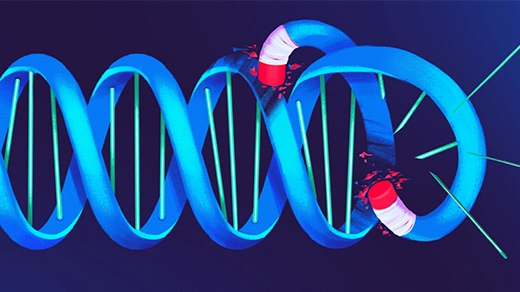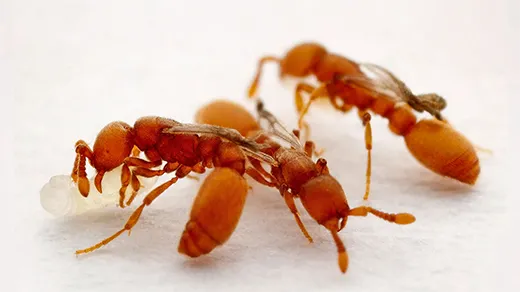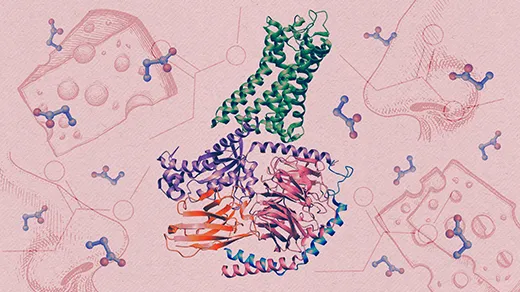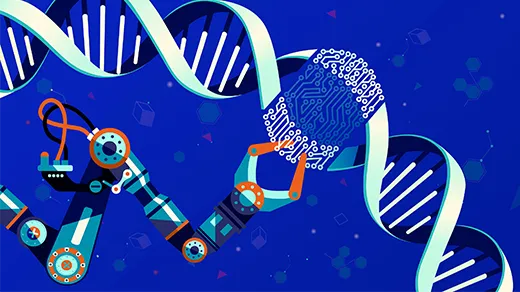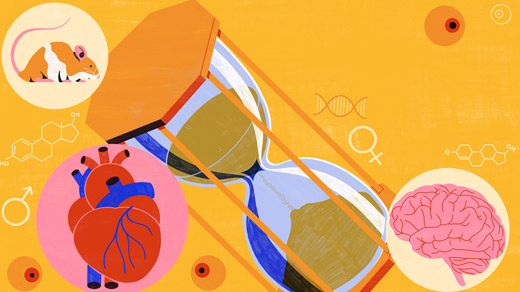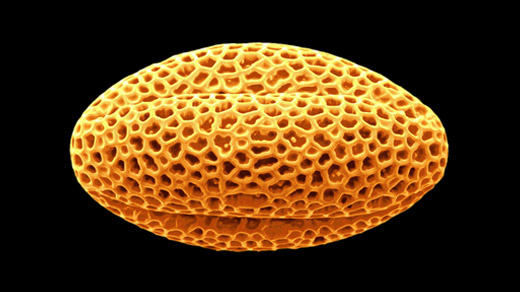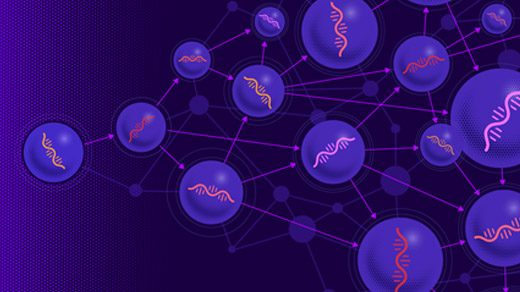What's up in
Molecular biology
Latest Articles
Tiny Tweaks to Neurons Can Rewire Animal Motion
Altering a protein in the neurons that coordinate a rattlesnake’s movement made a slow slither neuron more like a speedy rattle neuron, showing one way evolution can generate new ways of moving.
To Defend the Genome, These Cells Destroy Their Own DNA
Under a microscope, cells in a worm embryo deliberately eliminated one-third of their genome — an uncompromising tactic that may combat harmful genetic parasites.
A Mutation Turned Ants Into Parasites in One Generation
A new genetics study of ant “social parasites” shows how complex sets of features can emerge rapidly and potentially split species.
How a Human Smell Receptor Works Is Finally Revealed
After decades of frustration, researchers have determined how an airborne scent molecule links to a human smell receptor.
Can We Program Our Cells?
By genetically instructing cells to perform tasks that they wouldn’t in nature, synthetic biologists can learn deep secrets about how life works. Steven Strogatz discusses the potential of this young field with researcher Michael Elowitz.
Why Do We Get Old, and Can Aging Be Reversed?
Everybody gets older, but not everyone ages in the same way. In this episode, Steven Strogatz speaks with Judith Campisi and Dena Dubal, two biomedical researchers who study the aging process.
How the ‘Diamond of the Plant World’ Helped Land Plants Evolve
Structural studies of the robust material called sporopollenin reveal how it made plants hardy enough to reproduce on dry land.
In Test Tubes, RNA Molecules Evolve Into a Tiny Ecosystem
When researchers gave a genetic molecule the ability to replicate, it evolved over time into a complex network of “hosts” and “parasites” that both competed and cooperated to survive.
In Sexy Worms, Inheritance Beyond Genes Can Help Evolution
Traits from RNA molecules passed between multiple generations of worms can work with genetic changes to influence future evolution.

